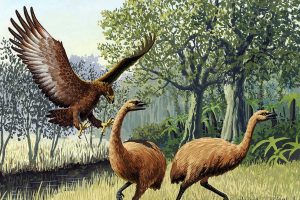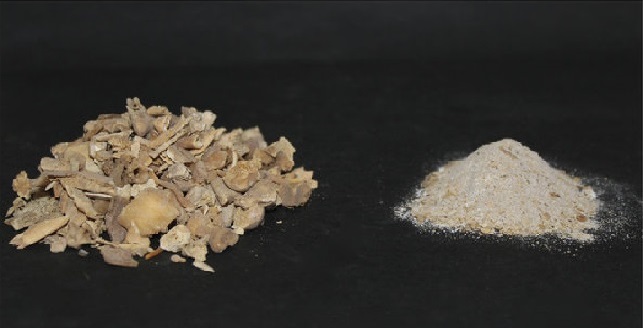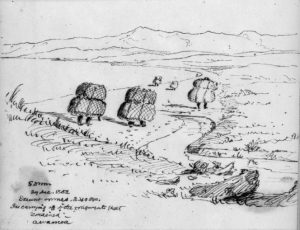The eastern moa is stuck fast in the swamp, its thick legs having punched through the peat into the liquid blue clay beneath. Death is inevitable, whether from starvation or from above.
Unable to move, the moa can only eat what it can reach around it, if anything. The forests that covered this area during warmer times are but a dim memory in the recesses of time. Instead, the swamp is surrounded by tussock grass and celery pine. Occasionally the moa tries to escape in vain from the swamp’s tight grasp, bumping against the bones of its brethren preserved in this death trap.
Suddenly, something slams into the back of the moa, pushing it further into the swamp. Large talons rip through flesh and bone. The moa’s arch-nemesis, the King of the Eagles, has just arrived for dinner. Continue reading “Land of the chonky birds: How and why did New Zealand have so many feathered giants?”



